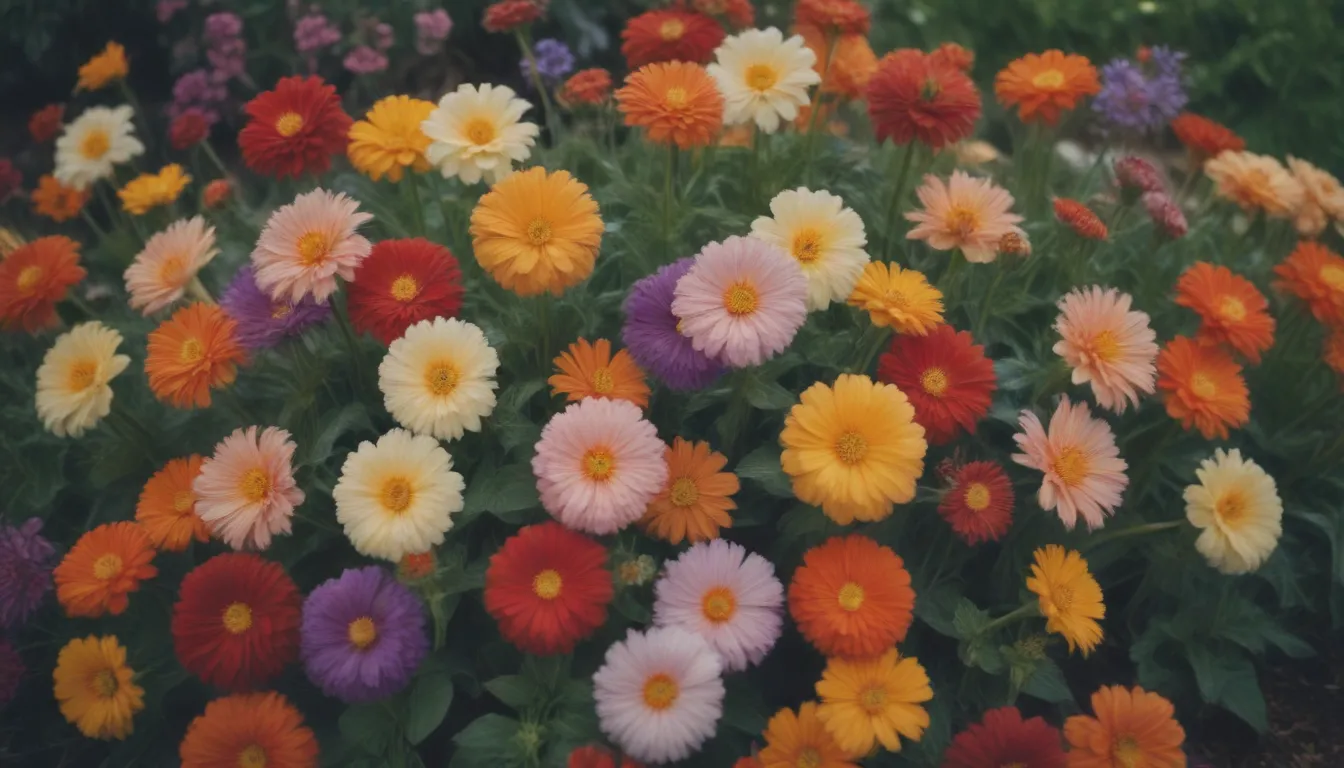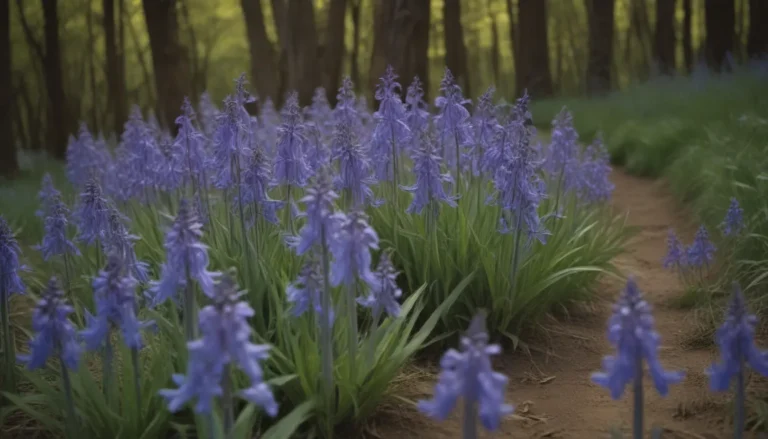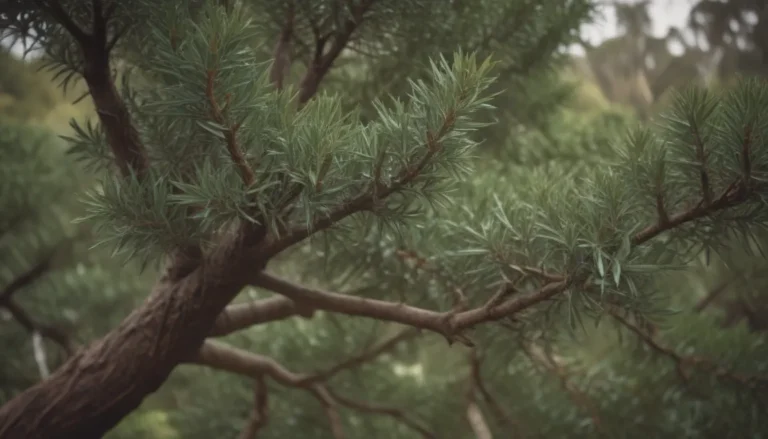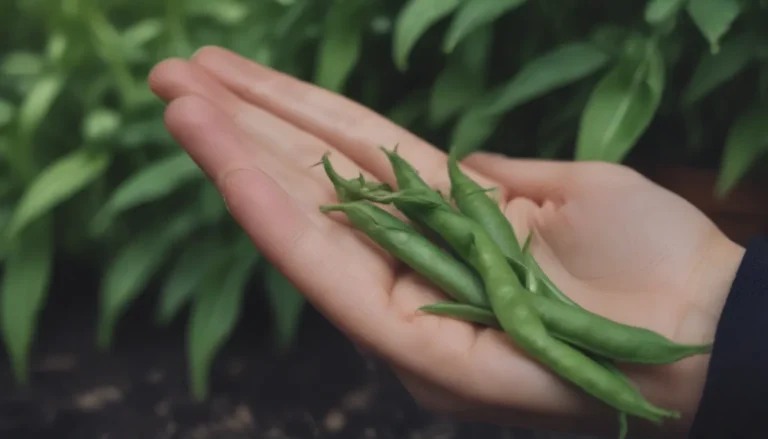Growing and Enjoying Edible Flowers in Your Garden

Are you looking to add a touch of beauty and flavor to your garden? Edible flowers are a wonderful addition that can elevate your culinary experiences. Not only do they look stunning in your yard, but they also offer a variety of flavors and textures to enhance your dishes. From salads to desserts, edible flowers can be a versatile and tasty ingredient to experiment with in the kitchen.
In this comprehensive guide, we will explore 20 different edible flowers that you can grow in your garden. We will discuss the best ways to identify, harvest, and use these flowers to make the most of your gardening efforts. So grab your gardening gloves and let’s dive into the world of edible flowers!
Why Should You Grow Edible Flowers?
Edible flowers offer a unique opportunity to combine beauty and flavor in your garden. Here are some reasons why you should consider growing edible flowers:
- Add a pop of color: Edible flowers come in a variety of vibrant colors that can liven up your garden and your dishes.
- Enhance your culinary creations: Edible flowers offer a diverse range of flavors, from sweet and floral to tangy and herbal, that can elevate your dishes to the next level.
- Encourage pollinators: Many edible flowers attract bees, butterflies, and other pollinators to your garden, promoting biodiversity and supporting the ecosystem.
- Personal satisfaction: Growing your own edible flowers allows you to take control of the growing process and ensure that your flowers are free from harmful chemicals.
How to Identify and Harvest Edible Flowers
Before you start growing edible flowers in your garden, it’s important to know how to identify and harvest them properly. Here are some tips to help you get started:
- Pick flowers on a dry, sunny day: Most flowers should be picked when they are fully bloomed and not yet starting to wilt.
- Rinse flowers under cold water: To remove dirt and tiny insects, quickly rinse the flowers under cold water or swirl them in a large bowl of water.
- Gently shake off excess water: After rinsing, gently shake off the water without removing the flavorful pollen.
- Dry flowers for preservation: If you plan to dry your flowers, place them on paper towels or clean tea towels in a single layer in a warm, well-ventilated place.
20 Edible Flowers to Grow in Your Garden
Begonia (Begonia spp.)
- USDA Growing Zones:
- Color Varieties:
- Sun Exposure:
- Soil Needs:
The flowers of tuberous begonias and wax begonias are edible, with a tart, lemon-like flavor. They can be added to salads or used as garnishes.
Bee Balm (Monarda didyma)
- USDA Growing Zones:
- Color Varieties:
- Sun Exposure:
- Soil Needs:
Bee balm flowers have an Earl Grey-like taste with citrus undertones, perfect for infusing in teas, salads, and desserts.
Borage (Borago officinalis)
- USDA Growing Zones:
- Color Varieties:
- Sun Exposure:
- Soil Needs:
The petals of borage flowers have a subtle cucumber-like flavor and are good in soups, salads, and desserts.
Calendula (Calendula officinalis)
- USDA Growing Zones:
- Color Varieties:
- Sun Exposure:
- Soil Needs:
Calendula petals have a spicy, tangy flavor and are great for homemade butter, rice dishes, and salad garnishes.
Chamomile (Matricaria recutita, Chamaemelum nobile)
- USDA Growing Zones:
- Color Varieties:
- Sun Exposure:
- Soil Needs:
Chamomile has a floral, earthy, apple-like flavor that’s perfect for infusing in teas, cocktails, and desserts.
Chives (Allium schoenoprasum, Allium tuberosum)
- USDA Growing Zones:
- Color Varieties:
- Sun Exposure:
- Soil Needs:
Chive flowers have a subtle onion or garlic flavor and are great for homemade butter, sauces, eggs, and salads.
Chrysanthemum (Glebionis coronaria)
- USDA Growing Zones:
- Color Varieties:
- Sun Exposure:
- Soil Needs:
Garland chrysanthemum flowers have a tangy, herbal flavor and are perfect for garnishing soups and salads.
Daylily (Hemerocallis fulva)
- USDA Growing Zones:
- Color Varieties:
- Sun Exposure:
- Soil Needs:
Daylily flowers have a sweet floral flavor that can be added to salads, soups, or stir-fried in butter.
Elderflower (Sambucus nigra)
- USDA Growing Zones:
- Color Varieties:
- Sun Exposure:
- Soil Needs:
Elderflowers have a sweet taste with notes of pear and lychee, perfect for infusing in syrups, cordials, and jellies.
Scented-Leaved Geranium (Pelargonium spp.)
- USDA Growing Zones:
- Color Varieties:
- Sun Exposure:
- Soil Needs:
Scented geranium flowers have a citrus flavor that pairs well with salads and candying.
Hibiscus (Hibiscus rosa-sinensis)
- USDA Growing Zones:
- Color Varieties:
- Sun Exposure:
- Soil Needs:
Hibiscus flowers have a subtly sweet and tart flavor that’s perfect for infusing in drinks and desserts.
Lavender (Lavandula angustifolia)
- USDA Growing Zones:
- Color Varieties:
- Sun Exposure:
- Soil Needs:
Lavender flowers have a floral, herbaceous flavor that can be used in marinades, desserts, and jellies.
Lilac (Syringa vulgaris)
- USDA Growing Zones:
- Color Varieties:
- Sun Exposure:
- Soil Needs:
Lilac flowers have a perfumed flavor that’s great for homemade butter, infused drinks, and cakes.
Conclusion
In conclusion, growing edible flowers in your garden is a fun and rewarding experience that can bring both beauty and flavor to your dishes. By following the tips and guidelines outlined in this article, you can successfully grow and enjoy a variety of edible flowers in your garden. So go ahead, plant some seeds, nurture your plants, and get ready to harvest a colorful and delicious bounty of edible flowers right in your backyard. Happy gardening!





